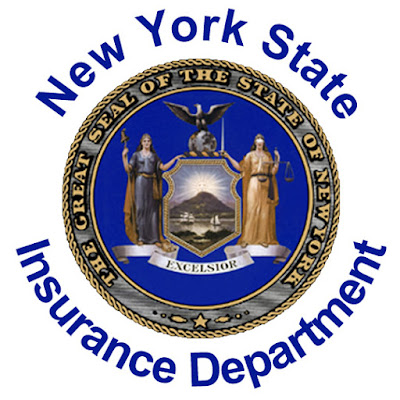elephant.co.uk, a trading name of EUI Limited,is a car insurance specialist which launched in August 2000. Its head offices are in Ty Admiral, David Street, Cardiff, Wales. The company also has offices in Swansea and Newport, and Halifax, Nova Scotia. It shares these with its sister companies Admiral Insurance, Diamond Insurance and Bell Insurance. The company is a subsidiary of the Admiral Group.
When it launched, elephant.co.uk was the UK’s first wholly online car insurance provider, although it also has call centres so customers are able to contact it.
The Admiral Group floated on the London Stock Exchange in September 2004, it is currently the only FTSE 100 listed company headquartered in Wales. It employs more than 5,000 people and has more than 3 million customers. The company’s turnover was £2.19 billion in 2011.
Elephant Motorbike Insurance is arranged and administered by Vast Visibility Limited (8 Princes Parade, Princes Dock, Liverpool L3 1DL) - FCA registration number 566973, who are authorised and regulated by the Financial Conduct Authority.At Elephant, we're just as keen on two (or three) wheels as four, which is good news for you if you're a biker. Use a dedicated motorbike insurance comparison site to search over 30 brokers and bring you great cover and value.
Woo-hoo - you're taking a trip! We hope you have a fantastic time - even business trips can be fun. Before we wish you bon voyage, take a look at Elephant Travel Insurance.
You've earned your break, so make sure it goes swimmingly. You shouldn't have to worry about anything on your holiday. With knowledge that you have the right type of cover, you can really relax and enjoy yourself.
Depending on which type of cover you choose, Elephant Travel Insurance offers instant cover with 24-hour emergency support, medical expenses cover and personal accident cover.
Elephant has teamed up with Warranty Direct, the UK's leading Warranty specialist. You can relax, knowing you have a reliable and cost effective way of maintaining your car with an extended car warranty.
When it launched, elephant.co.uk was the UK’s first wholly online car insurance provider, although it also has call centres so customers are able to contact it.
The Admiral Group floated on the London Stock Exchange in September 2004, it is currently the only FTSE 100 listed company headquartered in Wales. It employs more than 5,000 people and has more than 3 million customers. The company’s turnover was £2.19 billion in 2011.
Elephant Motorbike Insurance is arranged and administered by Vast Visibility Limited (8 Princes Parade, Princes Dock, Liverpool L3 1DL) - FCA registration number 566973, who are authorised and regulated by the Financial Conduct Authority.At Elephant, we're just as keen on two (or three) wheels as four, which is good news for you if you're a biker. Use a dedicated motorbike insurance comparison site to search over 30 brokers and bring you great cover and value.
Woo-hoo - you're taking a trip! We hope you have a fantastic time - even business trips can be fun. Before we wish you bon voyage, take a look at Elephant Travel Insurance.
You've earned your break, so make sure it goes swimmingly. You shouldn't have to worry about anything on your holiday. With knowledge that you have the right type of cover, you can really relax and enjoy yourself.
Depending on which type of cover you choose, Elephant Travel Insurance offers instant cover with 24-hour emergency support, medical expenses cover and personal accident cover.
Elephant has teamed up with Warranty Direct, the UK's leading Warranty specialist. You can relax, knowing you have a reliable and cost effective way of maintaining your car with an extended car warranty.





